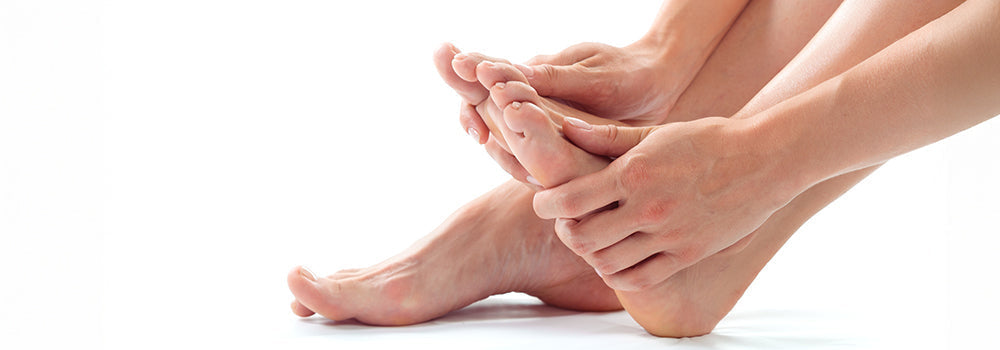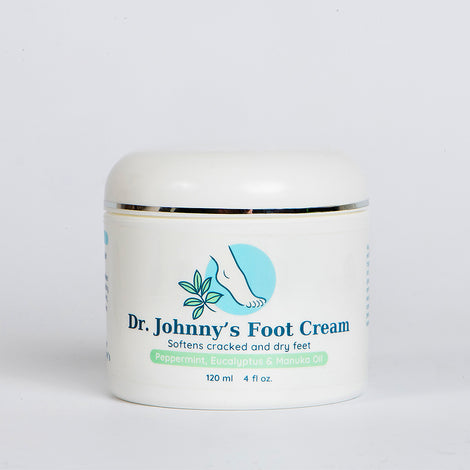Undiagnosed Diabetes: Early Foot Symptoms You Shouldn’t Ignore

Many people live with undiagnosed diabetes without realizing it. One of the earliest clues can appear in your feet—long before you connect the dots. This article explains common early foot symptoms, why they matter, and how to protect sensitive feet while you speak with a healthcare professional.
Early Foot Symptoms to Watch For
While symptoms can vary, people with undiagnosed diabetes may notice:
- Tingling or “pins and needles” in the feet and toes
- Burning or sharp pain, especially at night
- Numbness or reduced sensitivity (you might not feel a blister or cut)
- Slow-healing cuts or frequent blisters
- Swelling, colour or temperature changes in the feet
These can be early signs of diabetic neuropathy (nerve damage associated with high blood sugar). For background, see overviews from the Mayo Clinic, the American Diabetes Association, and the Cleveland Clinic – Peripheral Neuropathy.
Why These Symptoms Matter
Nerve damage can reduce sensation in the feet, making it easy to miss small injuries. Left untreated, that can raise the risk of infections or ulcers. Early recognition and medical guidance help you manage risks sooner.
See Your Doctor for a Diagnosis
Only a healthcare professional can diagnose diabetes. If you’re experiencing these symptoms, book an appointment to discuss blood sugar testing, a foot exam, and next steps. Regular checkups are essential if you have risk factors such as family history, high blood pressure, or high cholesterol.
Daily Foot Care & Comfort Tips
While you work with your doctor, simple habits can help protect sensitive feet:
- Inspect your feet daily for cuts, redness, or blisters
- Wash and dry thoroughly (especially between toes)
- Moisturize heels and soles (not between toes) to avoid cracking
- Choose shoes with a roomy toe box and smooth interiors
- Wear non-binding, seamless socks to reduce friction and pressure
Learn more about diabetic foot care basics from the Cleveland Clinic – Diabetes-Related Foot Conditions.
Why Non-Binding Diabetic Socks Help
Compared with regular socks, diabetic socks are designed for comfort and protection:
- Non-binding tops help avoid constriction
- Seamless construction reduces rubbing and hot spots
- Moisture-wicking fabrics help keep feet dry
- Soft cushioning adds comfort during daily wear
Shop comfort: Explore our collection of non-binding diabetic socks designed to be gentle on sensitive feet.
Bottom Line
If you’re noticing tingling, burning, numbness, or slow-healing spots on your feet, don’t ignore them—talk to your doctor. With professional guidance and mindful daily care, you can protect your feet and stay comfortable. Non-binding diabetic socks are a simple way to support your routine.
Further Reading & Sources
SHARE:







